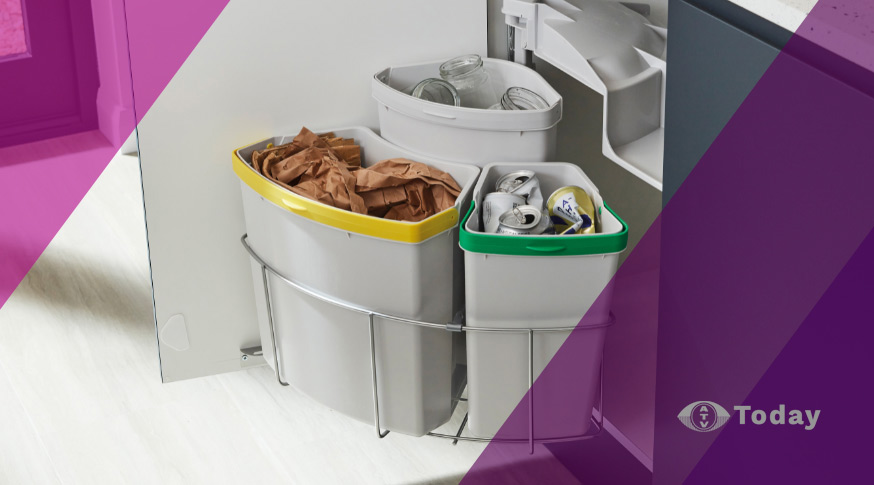This common kitchen bin location might be increasing pest risks…
A surprising number of UK households could be unintentionally inviting pests into their homes—simply by placing their kitchen bin in the wrong spot. According to Plumbworld, a bathroom and kitchen expert, where you keep your kitchen bin can make a significant difference to your home’s hygiene and your chances of attracting unwanted visitors like ants, flies, and even mice.
Here’s what you need to know—and how a small kitchen habit could make a big difference.
The most common bin placement—and why it’s a problem: Many homeowners tuck their kitchen bin under the sink, especially in smaller kitchens where space is limited. While this might seem like a tidy solution, it could be making things worse.
Bins placed under the sink are often in dark, humid, and poorly ventilated conditions—perfect for pests. Any food scraps or spills inside the bin can become a breeding ground for bacteria and a magnet for insects like fruit flies and cockroaches.
What’s more, the proximity to the sink means leaks or condensation from plumbing can make the area even damper, creating the ideal environment for mould and bacterial growth.
Placing your bin near appliances or windows? Think again. Another common choice is placing the bin near the oven or fridge. But this, too, carries hidden risks. Heat from the oven can speed up the decomposition of food waste, increasing odours and encouraging fly activity.
Placing a bin near the fridge may also interfere with the appliance’s performance. Waste odours or spills can accumulate near the fridge’s warm motor or rubber seals, affecting hygiene and potentially hindering airflow.
Positioning a bin close to an open window—especially in warmer months—is another mistake. Flies, wasps, and ants are naturally attracted to kitchen smells. A nearby bin provides an easy access point, and the combination of airflow and food odours can draw pests straight inside.
Where should your kitchen bin go instead? According to Plumbworld, the ideal spot for a kitchen bin is in a well-ventilated area, away from heat sources, direct sunlight, plumbing fixtures, and entry points like open windows. A dedicated pull-out cabinet with an airtight seal is best, but a free-standing bin with a tight-fitting lid and pedal mechanism also works well.
Emptying the bin daily—especially during hot weather—is essential. Even small amounts of food waste break down quickly, releasing odours that attract insects. Regularly cleaning the bin, both inside and out, helps limit bacteria and maintain hygiene.
The type of bin matters too. Sensor lids or foot pedals help avoid hand contact, reducing the risk of spreading germs. Double-bin systems make it easier to separate compostables from general waste, keeping smells in check. Odour-control bin liners add another useful layer of defence.











